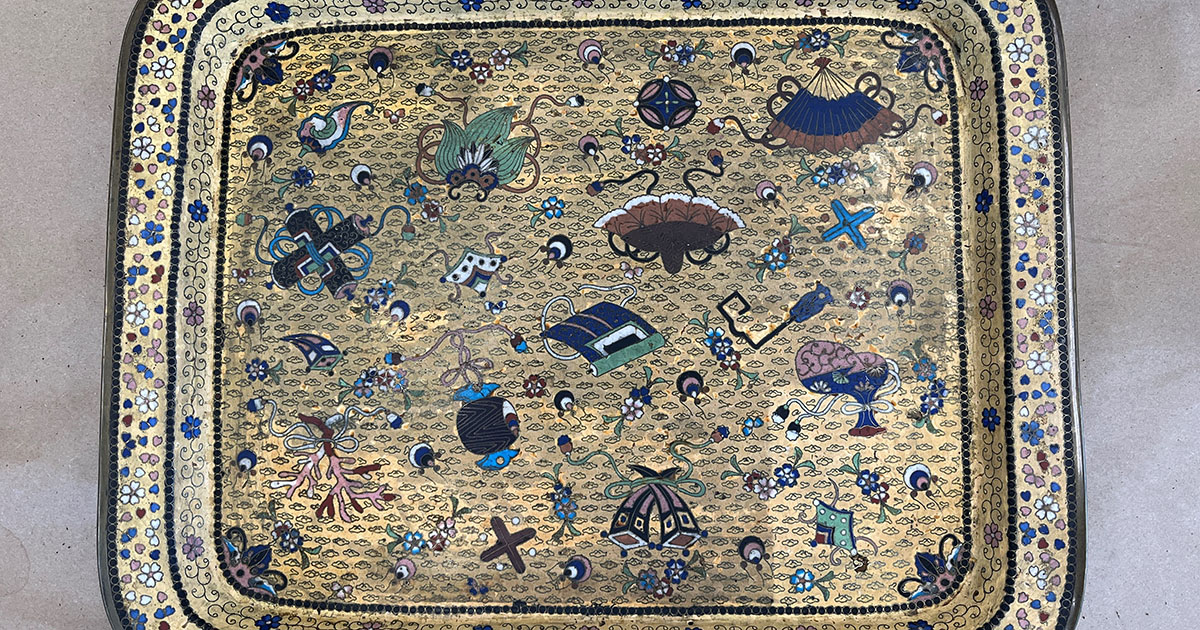- Events & Programs Home
- Calendar
- Accessibility
- Adults
-
Families & Teens
- Families & Teens Home
- 10x10 Teen Art Expo
- Art on the Rise
- Art Together: Art Making for Families with Children Ages 3–5
- Babies Sing with May Festival Minis
- Boy Scouts / Girl Scouts
- CAM Kids Day
- Family Storytime and Gallery Walk
- Family Studio: Art Making for Families with Children Ages 6–12
- Games in the Galleries
- Members-Only Baby Tours
- Public Baby Tours
- REC Reads
- Rosenthal Education Center (REC)
- Saturday Morning Art Class
- See Play Learn Kits
- Summer Camp
- Teen Fest: Zine and Comic Exchange
- Teachers
- Community Outreach
- Fundraisers
- Plan Your Own Event

- Events & Programs Home
- Calendar
- Accessibility
- Adults
-
Families & Teens
- Families & Teens Home
- 10x10 Teen Art Expo
- Art on the Rise
- Art Together: Art Making for Families with Children Ages 3–5
- Babies Sing with May Festival Minis
- Boy Scouts / Girl Scouts
- CAM Kids Day
- Family Storytime and Gallery Walk
- Family Studio: Art Making for Families with Children Ages 6–12
- Games in the Galleries
- Members-Only Baby Tours
- Public Baby Tours
- REC Reads
- Rosenthal Education Center (REC)
- Saturday Morning Art Class
- See Play Learn Kits
- Summer Camp
- Teen Fest: Zine and Comic Exchange
- Teachers
- Community Outreach
- Fundraisers
- Plan Your Own Event
Blog: CAM Uncovered
Blog: CAM Uncovered
- Home
- Plan Your Visit
- Art
-
Events & Programs
- Events & Programs Home
- Calendar
- Accessibility
- Adults
-
Families & Teens
- Families & Teens Home
- 10x10 Teen Art Expo
- Art on the Rise
- Art Together: Art Making for Families with Children Ages 3–5
- Babies Sing with May Festival Minis
- Boy Scouts / Girl Scouts
- CAM Kids Day
- Family Storytime and Gallery Walk
- Family Studio: Art Making for Families with Children Ages 6–12
- Games in the Galleries
- Members-Only Baby Tours
- Public Baby Tours
- REC Reads
- Rosenthal Education Center (REC)
- Saturday Morning Art Class
- See Play Learn Kits
- Summer Camp
- Teen Fest: Zine and Comic Exchange
- Teachers
- Community Outreach
- Fundraisers
- Plan Your Own Event
- Give & Join
- About
- Tickets
- Calendar
- Exhibitions
- Collections
- Blog
- Shop
Reflections of the Past: Conserving a Grand 19th-Century Mirror
by Kelly Rectenwald, Conservator of Objects
3/27/2025
CAMconservation , mercury , objects conservation , mirror , Groesbeck House , gilded frame , 19th century furniture
This enormous mirror dates to 1872 and once decorated the ballroom of "Elmhurst Estate" the former East Walnut Hills home of William S. Groesbeck (1815–1897) US Congressman and Senator from Ohio. Inside our objects conservation lab, this mirror is once again sitting upright in all of its glory for the first time in several decades. Standing more than 11 feet tall, the mirror is framed with beautiful carved wood and decorative plaster work all covered in gold leaf. The gold, wood, and plaster are all being treated for stabilization to prevent losses.
The mirror itself is made from an amalgam of mercury and tin applied to a thick sheet of glass. Luckily, mirror technology has improved, and today mirrors are made from much safer and more stable materials. To identify a mercury mirror, look for the characteristic sparkle, usually forming near the bottom of the mirror, this is a form of degradation indicating the mercury is returning to a liquid state. Despite its age, this mirror is in excellent condition and shows only a few areas of this characteristic deterioration.
You can see in the reflection of the mirror, our conservator is taking precautions as the conservation of the frame requires working in very close proximity to the mirror for long periods at a time. Nitrile gloves, a lab coat, and a mercury vapor respirator allow the conservation work to continue as we bring this incredibly grand mirror back to life.
Look for the Elmhurst mirror in an upcoming exhibition—stay tuned for details!
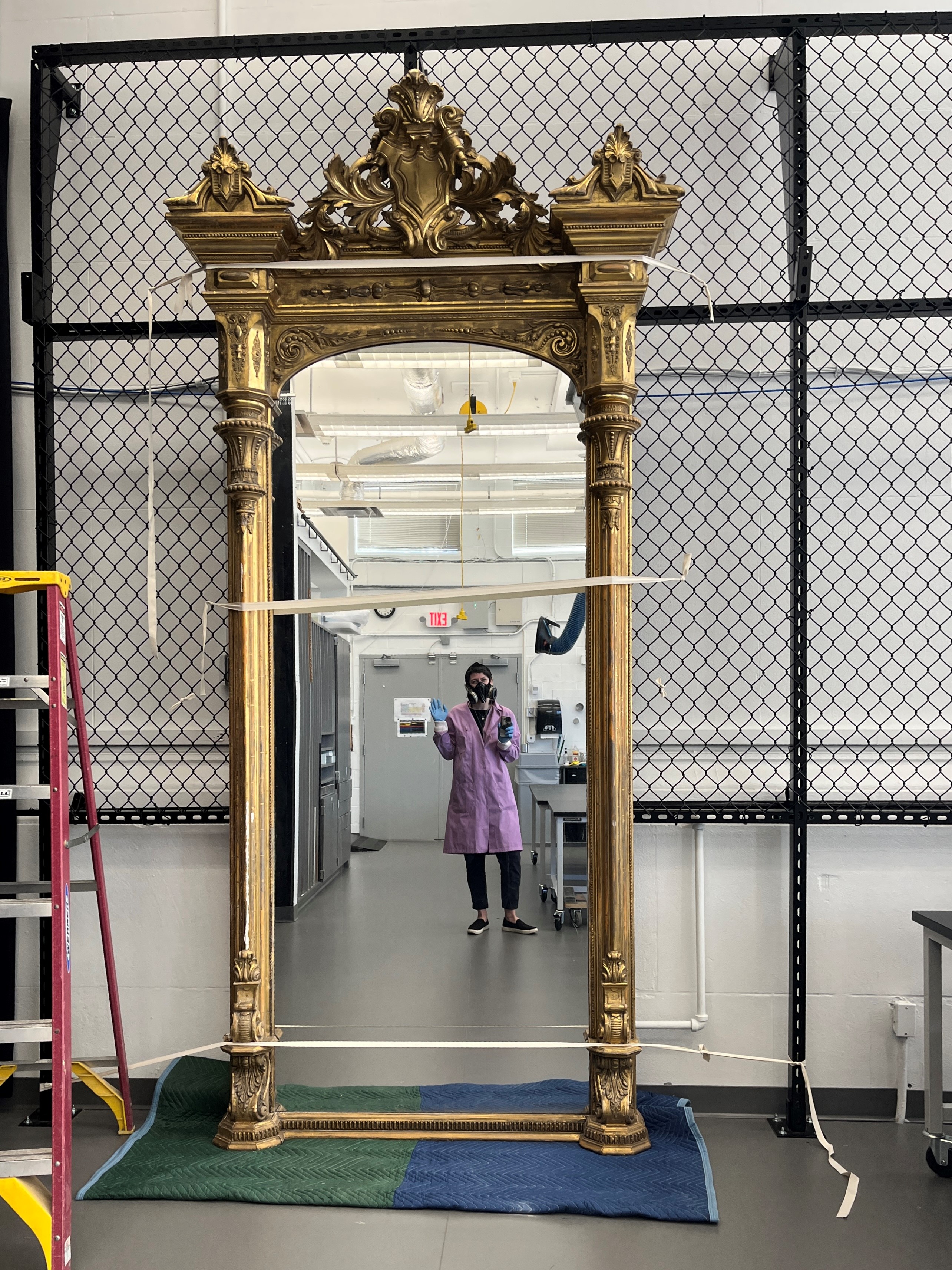
19th-century gilt frame in the museum's Conservation Lab.
Herman Fersenheim, Grosebeck House Ballroom: Mirror, 1872, gilt wood, plaster, mercury mirror, Gift of Mrs. Daniel Riker and Mrs. Hartwell Cabell, 1941.229.
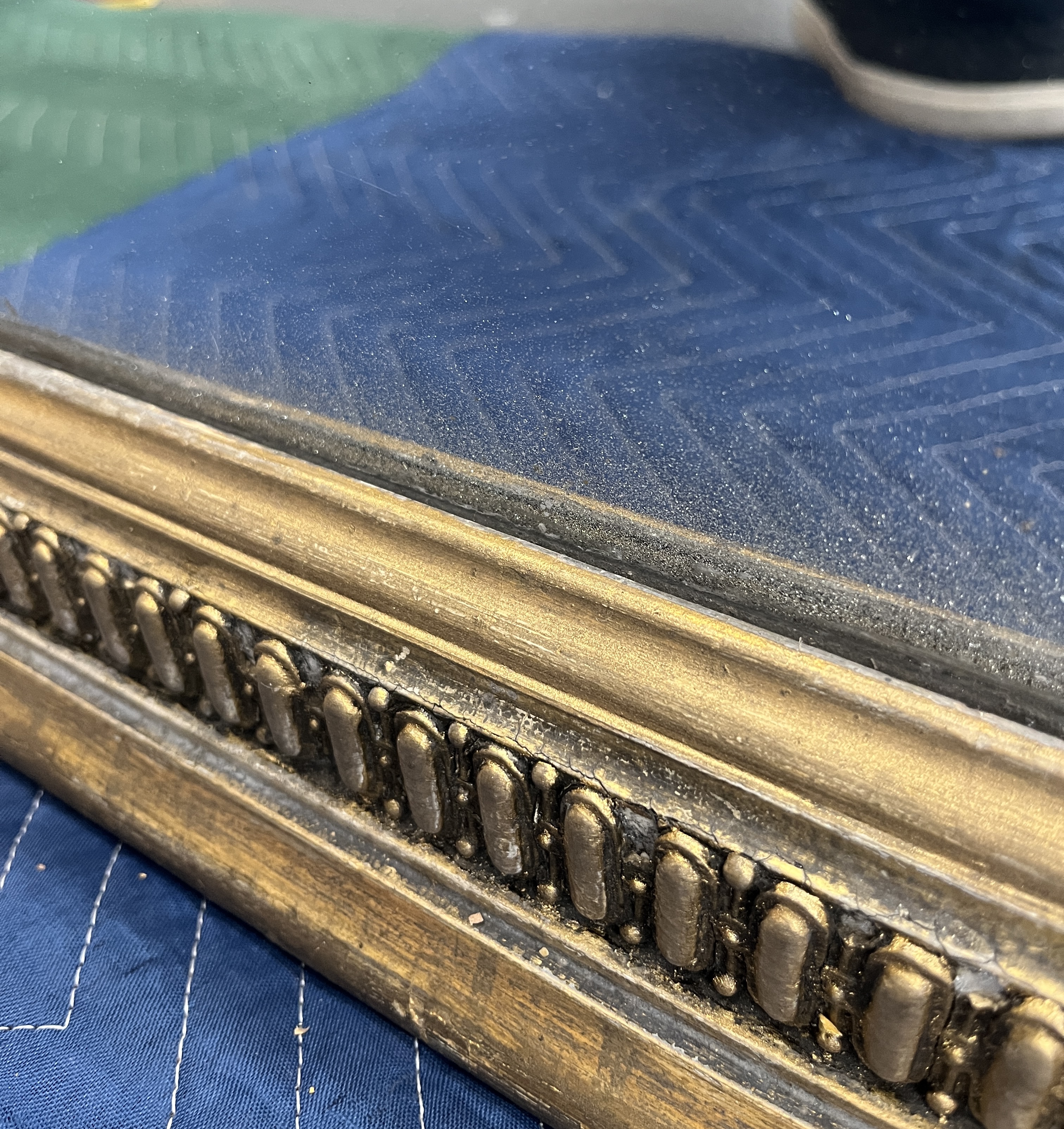
Detail of gold-colored wood and plaster frame.
Herman Fersenheim, Grosebeck House Ballroom: Mirror, 1872, gilt wood, plaster, mercury mirror, Gift of Mrs. Daniel Riker and Mrs. Hartwell Cabell, 1941.229.
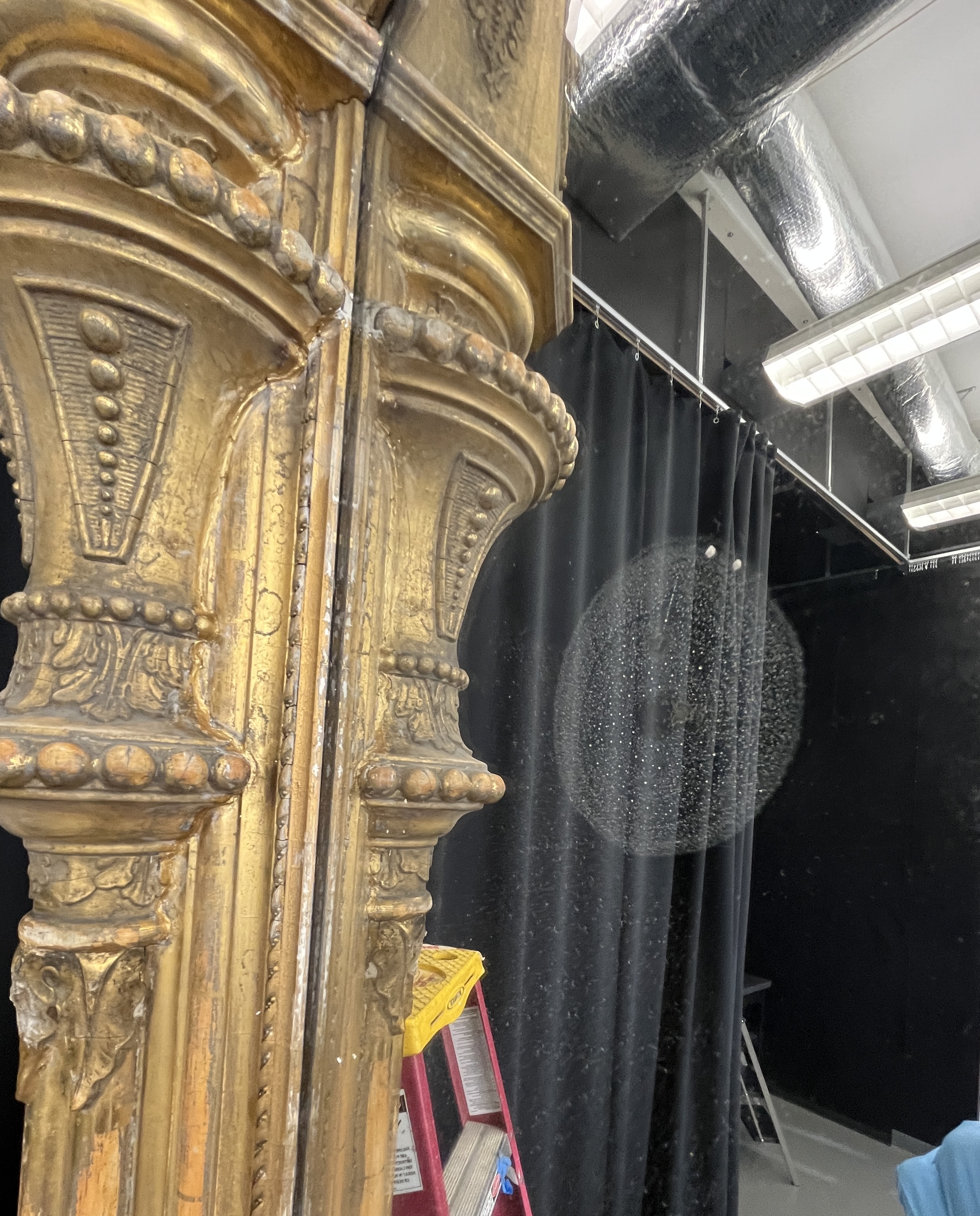
Area of characteristic deterioration near the top of the mirror.
Herman Fersenheim, Grosebeck House Ballroom: Mirror, 1872, gilt wood, plaster, mercury mirror, Gift of Mrs. Daniel Riker and Mrs. Hartwell Cabell, 1941.229.
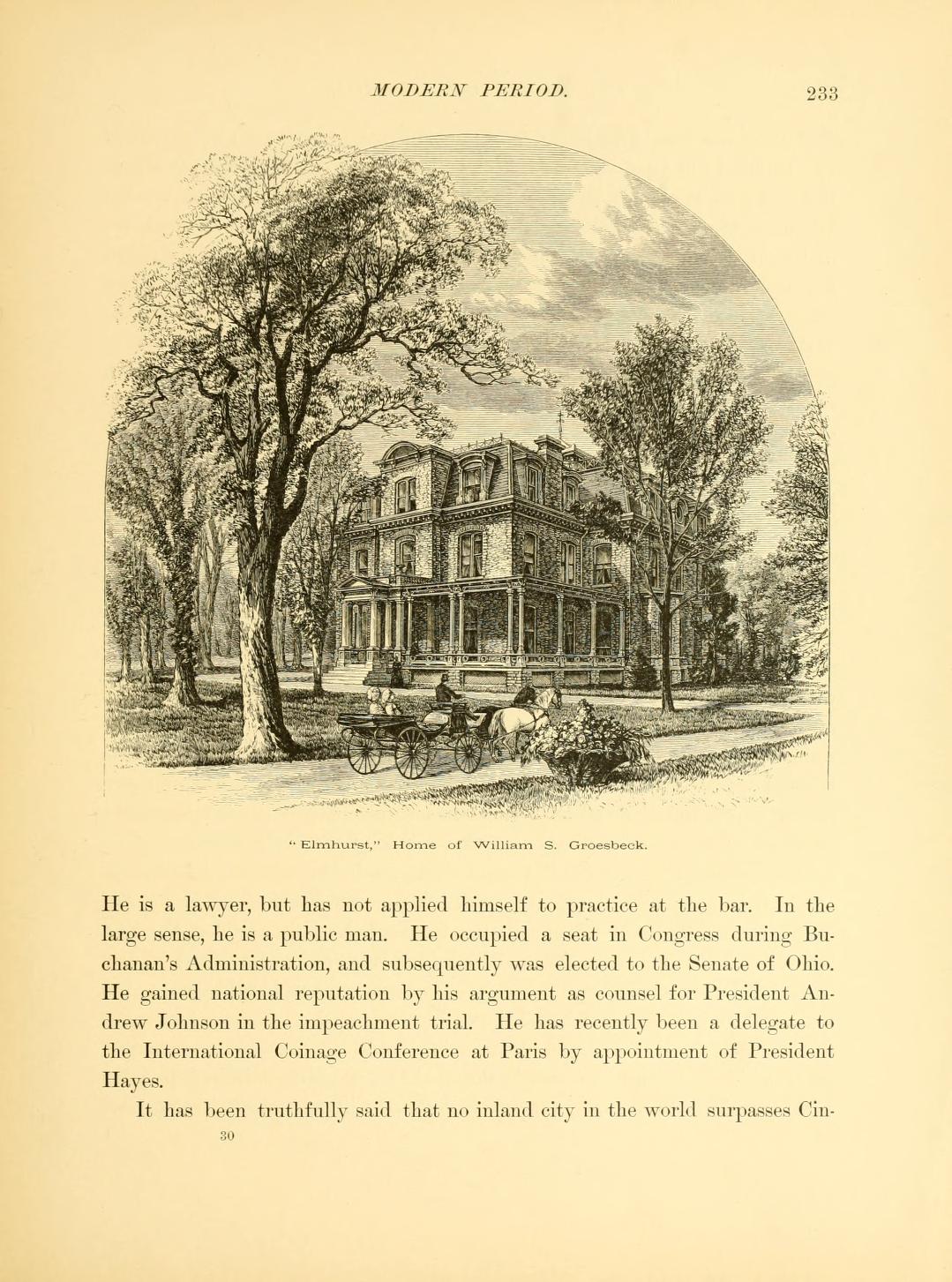
Elmhurst Estate, Home of William S. Groesbeck, from The Homes of America, edited by Martha J. Lamb, 1879.
Related Blog Posts
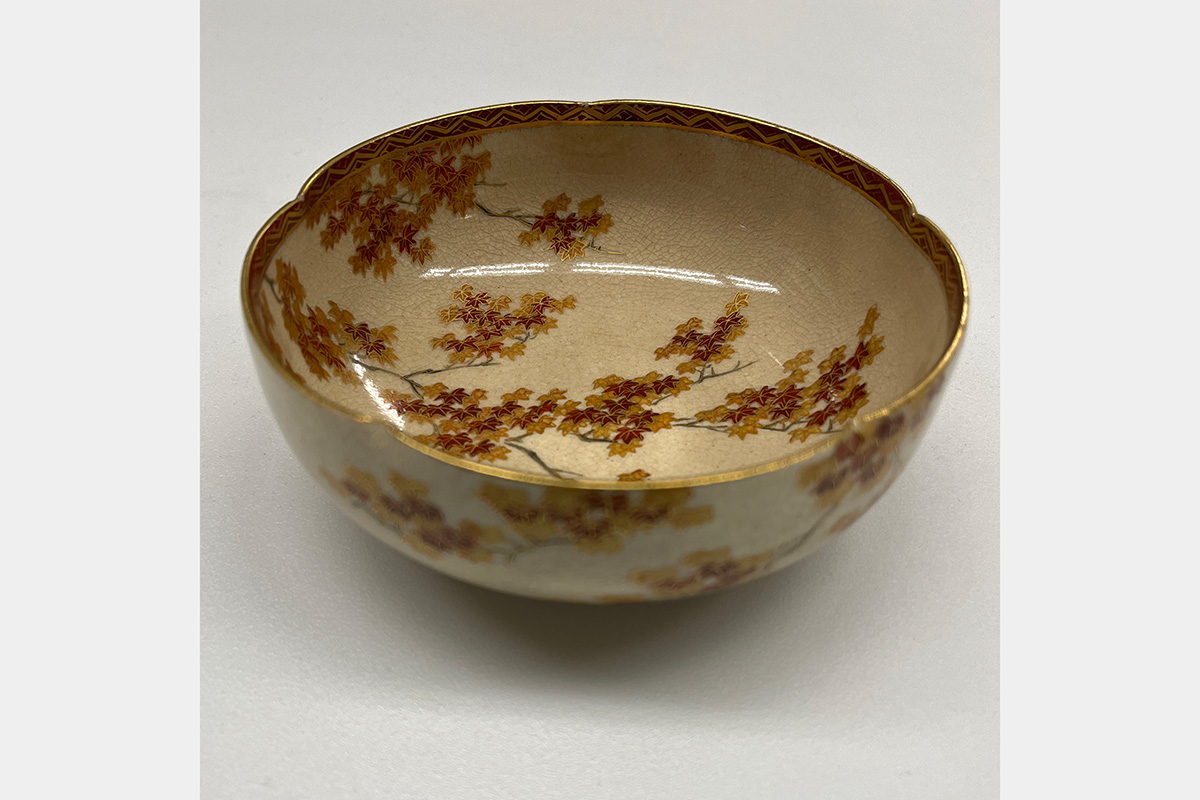
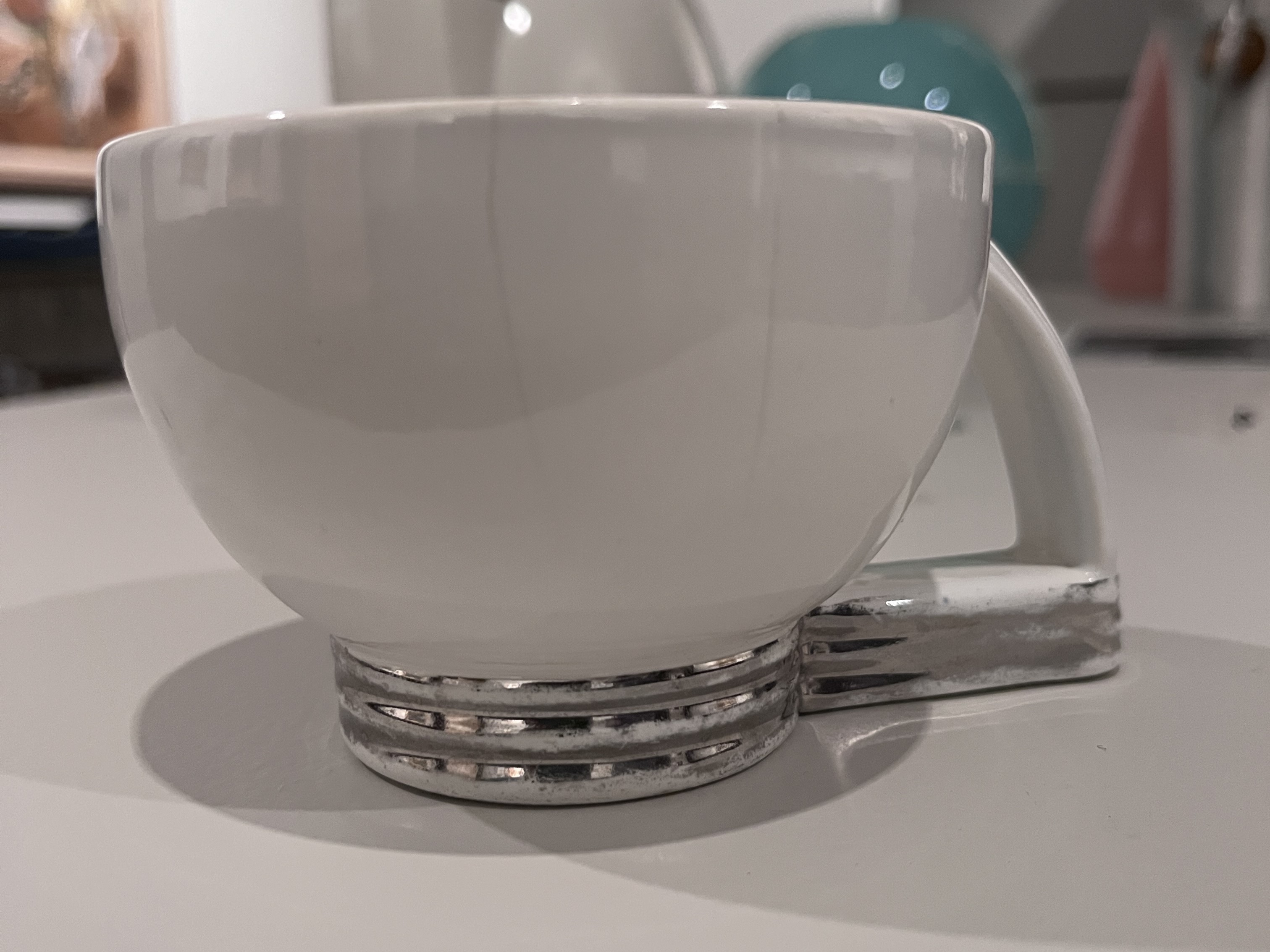
Cincinnati, OH 45202
Toll Free: 1 (877) 472-4226
Museum Hours
Museum Shop
Terrace Café
Library
Cincinnati Art Museum is supported by the tens of thousands of people who give generously to the annual ArtsWave Campaign, the region's primary source for arts funding.

Free general admission to the Cincinnati Art Museum is made possible by a gift from the Rosenthal Family Foundation. Exhibition pricing may vary. Parking at the Cincinnati Art Museum is free.
Generous support for our extended Thursday hours is provided by Art Bridges Foundation’s Access for All program.

General operating support provided by:



